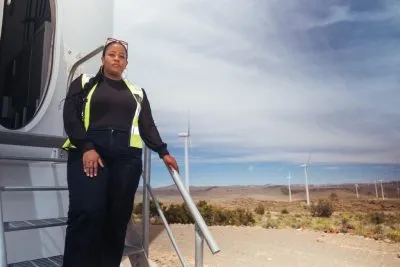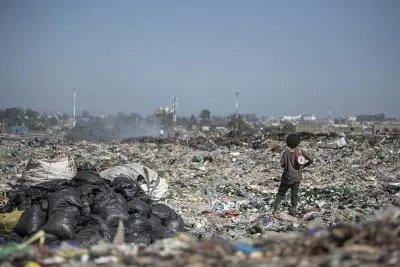Geothermal energy
Geothermal power plants work in much the same way as traditional thermal plants but rather than heating oil, gas or coal to produce steam to drive turbines to produce electricity, underground heat is used to produce the steam. Traditional power utilities favour geothermal plants where such underground potential can be tapped because they produce constant, base load electricity that can provide a mainstay of a generation mix. The drawback is that only certain areas have commercially viable geothermal resources. The biggest geothermal power producers in the world are the US, the Philippines and Indonesia.
Most of Africa’s geothermal potential is located in and around the Great Rift Valley and is therefore largely restricted to Eastern and Southern Africa.
The Ethiopian government hopes to develop a massive 5 GW of geothermal power plants over the next 10 or 20 years and a dozen other countries have discussed their potential for plants but little progress has been made in any of them. Africa’s only big geothermal power producer is Kenya, which has 175 MW of installed generating capacity and plans for another 1,880 MW. The World Bank and the African Development Bank have actively supported the construction of new plants in the country.
A variety of other renewable energy technologies are likely to play a role in providing electricity in Africa in the longer term. These include biogas, biomass and wave power, but progress on the first two has been limited on the continent to date.
Wave power has huge potential but commercial devices are still at the testing stage. The development of infrastructure surrounding energy production could have even more relevance for the growth of the sector. Many technologies, including wind and solar power only produce electricity at certain times. Many companies are racing to develop the first commercially viable high-capacity batteries that would allow electricity to be stored for use at a later date. In the same way, smart grids are being introduced in industrialised countries that enable back-up thermal power generating capacity to better complement renewable power schemes.
Want to continue reading? Subscribe today.
You've read all your free articles for this month! Subscribe now to enjoy full access to our content.
Digital Monthly
£8.00 / month
Receive full unlimited access to our articles, opinions, podcasts and more.
Digital Yearly
£70.00 / year
Our best value offer - save £26 and gain access to all of our digital content for an entire year!
 Sign in with Google
Sign in with Google 


